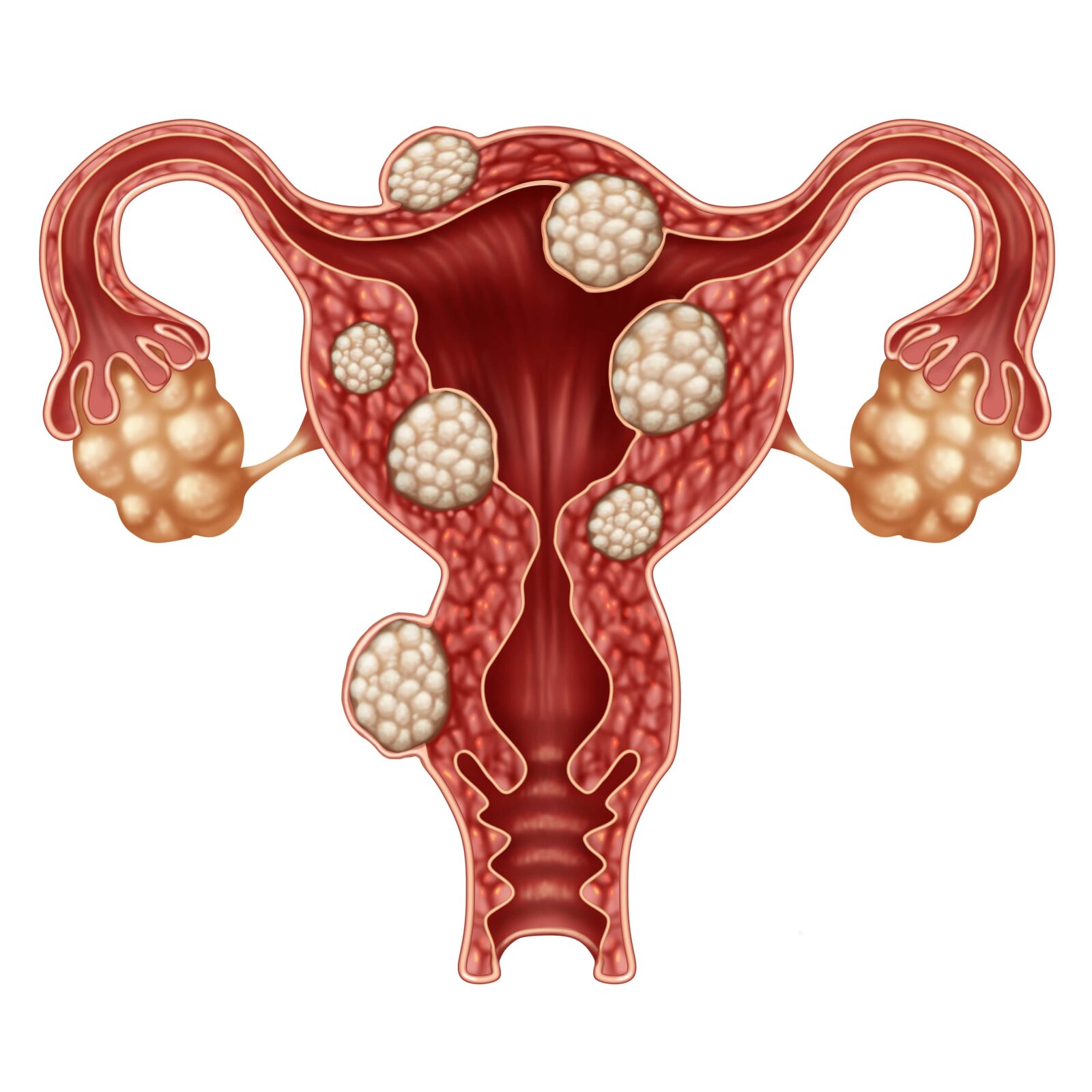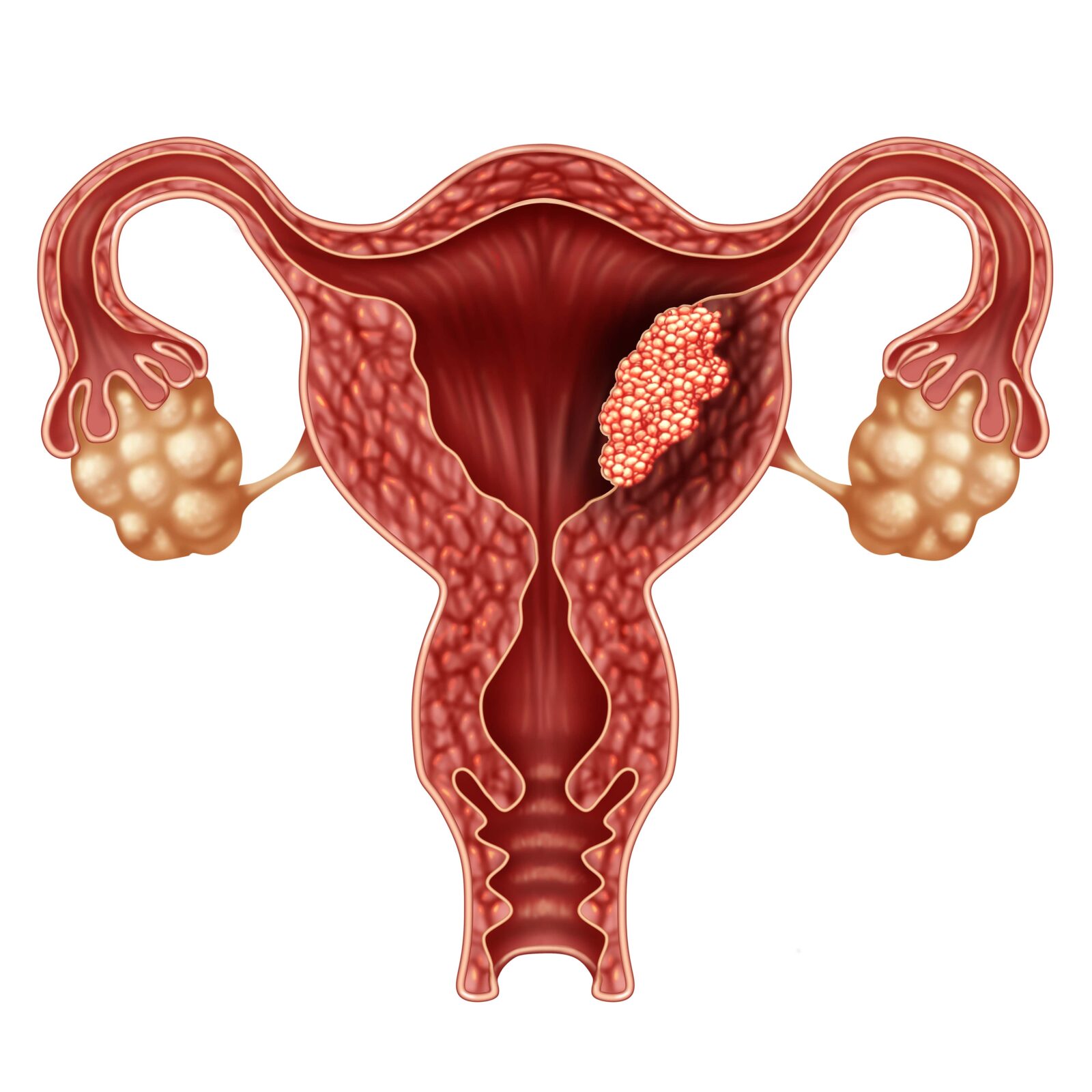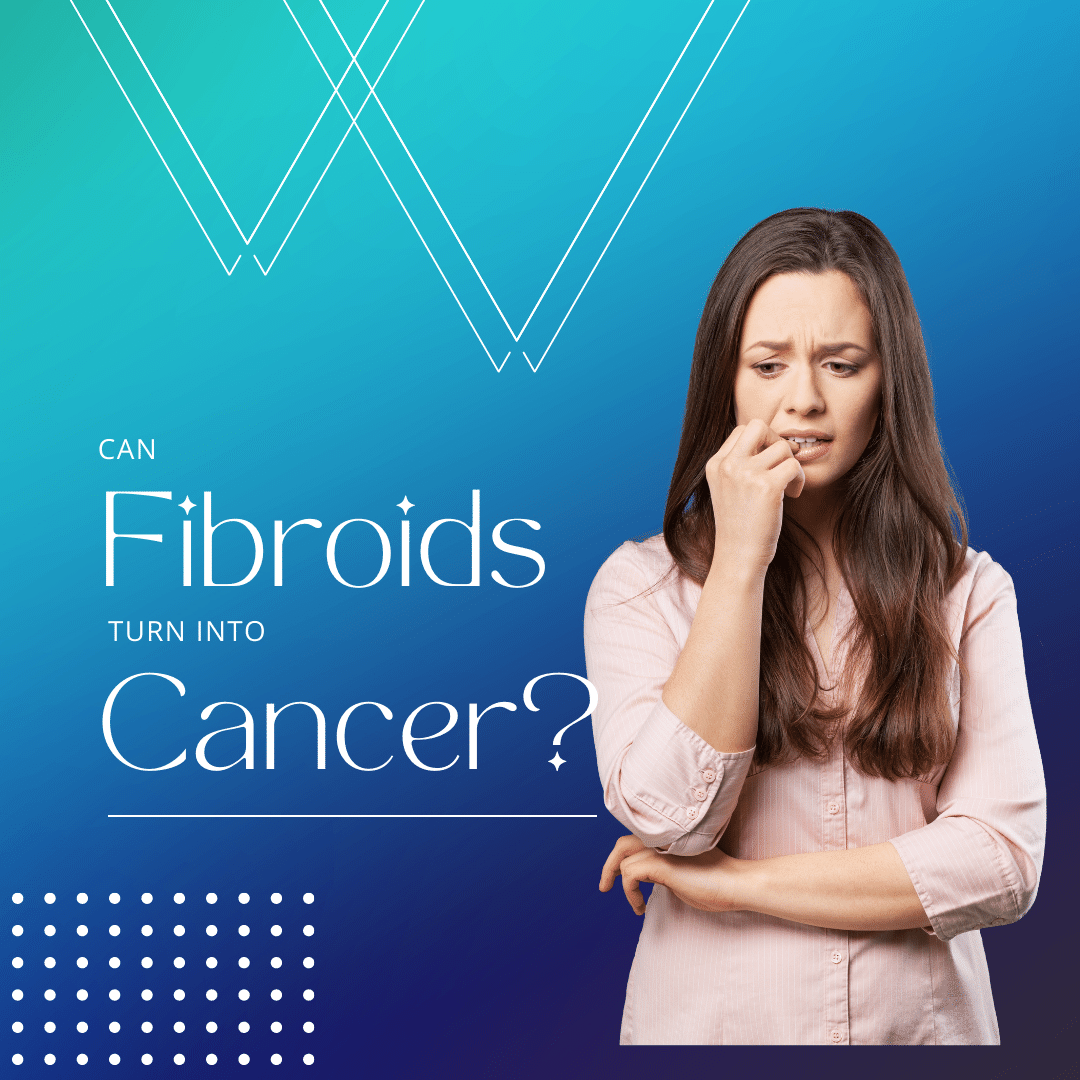If you’ve been diagnosed with uterine fibroids, you may be wondering if they can turn into cancer. The short answer is “no.” Fibroids are benign tumors that form in the muscle layer of the uterus. While it is possible for a fibroid to turn into cancer, this is very rare. In this blog post, we will discuss what uterine fibroids are, the difference between uterine fibroids and cancer, and why it is not common for them to turn into cancer.

What are uterine fibroids?
Uterine fibroids are benign (non-cancerous) tumors that form in the muscle layer of the uterus. They are also known as leiomyomas or myomas. Fibroids can range in size from very small to large enough to fill the entire uterus. A woman can have one fibroid or multiple fibroids.
Fibroids are not cancerous and they do not increase a woman’s risk of developing uterine cancer. However, they can cause problems such as heavy menstrual bleeding, pain, and pressure in the pelvis. Fibroids can also make it difficult to become pregnant or carry a pregnancy to term.
What is the difference between uterine fibroids and cancer?
Uterine fibroids are benign tumors that do not spread to other parts of the body. Cancerous tumors, on the other hand, can spread to other organs and tissues. This is why it is important to get regular Pap smears and pelvic exams. These tests can help detect cancer early, when it is most treatable.
Why is it not common for uterine fibroids to turn into cancer?
While it is possible for some fibroids to be cancerous, this is highly uncommon. The vast majority of uterine fibroids are benign and will never turn into cancer. In fact, research shows that existing fibroids cannot suddenly become cancerous. However, cancerous fibroids can occur. They are known as leiomyosarcomas and affect less than 1 in 1,000.
Leiomyosarcoma is a rare type of cancer that affects smooth muscles. It is commonly found with the muscle layer of the uterus. It can occur in any part of the uterus, but is most common in the outer wall of the uterus. Leiomyosarcomas can also spread to other parts of the body, including the lungs and brain.
While leiomyosarcomas are extremely rare, they are more likely to occur in older, postmenopausal women who have a history of cancer, subserosal fibroids, a solitary fibroid, or who have a family history of rapid fibroid growth.
How do I know if my fibroids are cancerous?
If you have fibroids, it is important to get regular check-ups with your doctor. They will monitor the size and growth of your fibroids and perform regular pelvic exams. If they suspect that your fibroid may be cancerous, they will order a biopsy. This is a simple procedure where a small sample of tissue is taken from the fibroid and examined under a microscope.

However, less than half leiomyosarcomas are detected through a biopsy and the only way to definitely diagnose leiomyosarcoma is to have it surgically removed. For this reason, your doctor may recommend surgery to remove your fibroid. Oftentimes, removing fibroids is one of the recommended treatments, regardless of whether the fibroid is cancerous or non-cancerous.
There are different ways that your doctor may remove fibroids:
- Myomectomy: This is a surgery to remove fibroids while leaving the uterus in place. It is often done through small incisions in the abdomen or laparoscopically (through tiny incisions in the abdomen and using a camera to guide Surgery). Myomectomy is usually recommended for women who want to preserve their fertility or who are not candidates for a hysterectomy.
- Hysterectomy: This is a surgery to remove the uterus. It is often recommended for women who have large fibroids, multiple fibroids, or fibroids that are causing severe symptoms. Hysterectomies can be performed through small incisions in the abdomen or laparoscopically.
- Uterine Artery Embolization: This is a minimally invasive procedure where the blood supply to the fibroid is cut off. This can shrink fibroids and relieve symptoms.
In Conclusion
In this blog post, we discussed the difference between uterine fibroids and cancer. We also talked about why it is uncommon for uterine fibroids to turn into cancer. While it is possible for a cancerous fibroid to occur, this is very rare. Most fibroids are benign and will not cause any problems. However, if you have multiple fibroids or a family history of uterine cancer, it is important to talk to your doctor about your risks. Regular Pap smears and pelvic exams can help detect cancer early, when it is most treatable.












